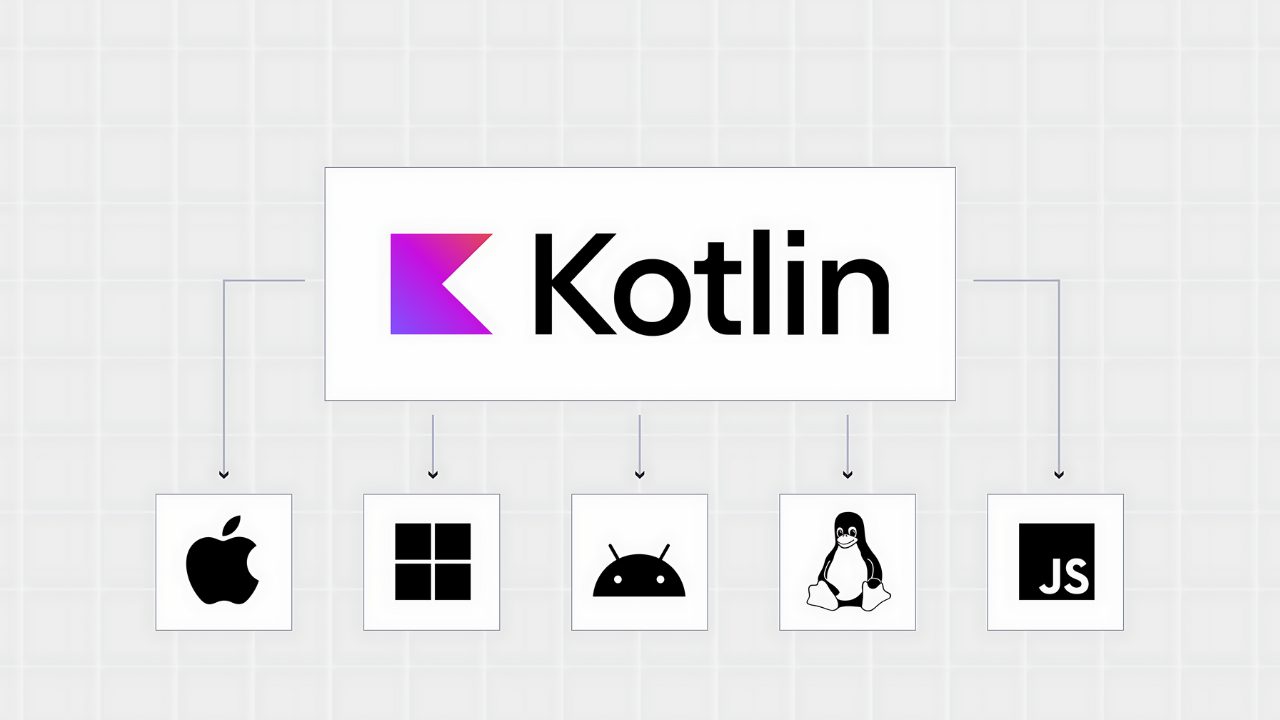Hello Everyone, This article is inlined for those who are keen to start with flutter, A roadmap for beginners to learn gradually from all the necessary resources. Do you want to become a Flutter developer? But if you don’t get the right roadmap, then today’s article is for you.
Before diving headfirst into development, pause and peruse this pragmatic primer on the promising path to becoming a Flutter frontrunner. We’ll tackle everything from framing Flutter’s funky features to mapping out a roadmap rooted in reality, not rainbows and sunshine.
By the end, you’ll have the straight dope on jobs, salaries, and skills needed to level up as a legit Flutter dev. So park your skepticism, grab a coffee, and let’s get this show on the road.
What Is Flutter and Why Learn It?
Flutter is Google’s UI toolkit for building beautiful, natively compiled applications for mobile, web, and desktop from a single codebase. In short, it’s a framework for building cross-platform apps with a modern, reactive framework.
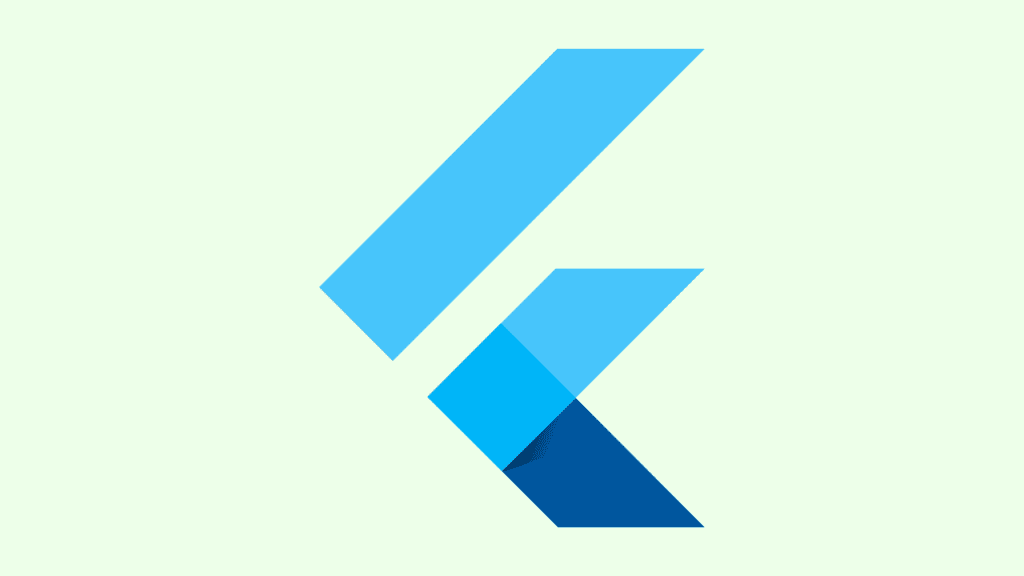
As a developer, Flutter gives you superpowers. You can build apps for iOS and Android from a single codebase. Hot reloads mean you can make changes to your app and see them reflected instantly without recompiling your app. Flutter’s rich set of UI elements, animations, and gestures make it simple to build beautiful apps.
Why choose Flutter?
Flutter is the new kid on the block, but it’s already proven itself. Some of the biggest advantages of Flutter are:
- Cross-platform: Write once, run anywhere. Flutter lets you build apps for iOS and Android from a single codebase.
- Gorgeous UI: Flutter includes a rich set of pre-built UI elements that make it easy to build beautiful apps. Everything from buttons and forms to animations and gestures is built right in.
- Productive development: Flutter’s hot reload feature lets you quickly see changes you make to your app without restarting it. Fix bugs and add features in a flash.
- Open source: Flutter is open source, with a strong and growing community behind it. You can get help from the community and even contribute back.
- Popular: Big companies like Google, Alibaba, and Capital One are already using Flutter in production apps. The community is growing fast.
- Easy to learn: If you know an object-oriented language like Java, C#, or C++, you’ll pick up Flutter quickly. The API is simple and intuitive.
- Native performance: Flutter renders everything using Skia, the graphics library that powers Chrome and Android. That means your apps have a truly native look and feel.
So there you have it. Flutter is a framework for building beautiful cross-platform apps with a modern, reactive framework and a rich set of UI elements. The hot reload feature speeds up your development process and the large community means help is always at hand. What’s not to love? Time to start building your first Flutter app!
Full Stack Flutter Developer Roadmap Infographic
Core Skills Needed to Become a Flutter Developer

You’ll need to know how to code.
To build mobile apps with Flutter, you’ll need a solid understanding of Dart, Flutter’s programming language. But don’t worry, Dart is easy to pick up if you know Java or C#. You’ll be creating custom widgets, building layouts, and adding interactivity in no time.
Design chops are a must.
Flutter apps look gorgeous, so you’ll want an eye for layout, typography, and user experience. If you can’t design a user interface to save your life, team up with a designer friend. Your Flutter skills will pair nicely with their keen sense of aesthetics.
Learn the Flutter framework inside and out.
Flutter provides a lot out of the box, from Cupertino and Material components to powerful layout mechanisms. But to build truly custom experiences, you’ll need to understand Flutter at a deeper level. Study how Flutter renders pixels on the screen, how state management and routing work, and how to create your widgets and plugins. Mastery of the framework is what will set you apart.
Keep up with platform updates.
Flutter continues to evolve at a rapid pace, as do the Android and iOS platforms it targets. Stay on top of updates to Flutter, Dart, and platform SDKs so your apps always use the latest and greatest features. Your users will thank you.
Play around with add-ons and extensions.
The Flutter ecosystem is growing like a weed. Explore packages like Firebase, Sqflite, and Bloc to boost your productivity. Check out Flutter’s integration with platform-specific features so you can make the most of what each OS offers.
With time and practice, these skills will become second nature. Before you know it, you’ll be building Flutter apps in your sleep! While the road to mastery is long, the destination—creating captivating cross-platform mobile apps—is worth the journey.
The Flutter Developer Roadmap for Beginners
So, you want to become a Flutter developer, do you? Well, saddle up that high horse of yours, partner—you’ve got a long trail ahead. Becoming a bonafide Flutter developer is not for the faint of heart. You’ll need grit, determination, and a stubborn refusal to give up in the face of inevitable obstacles and setbacks.
Learn the basics
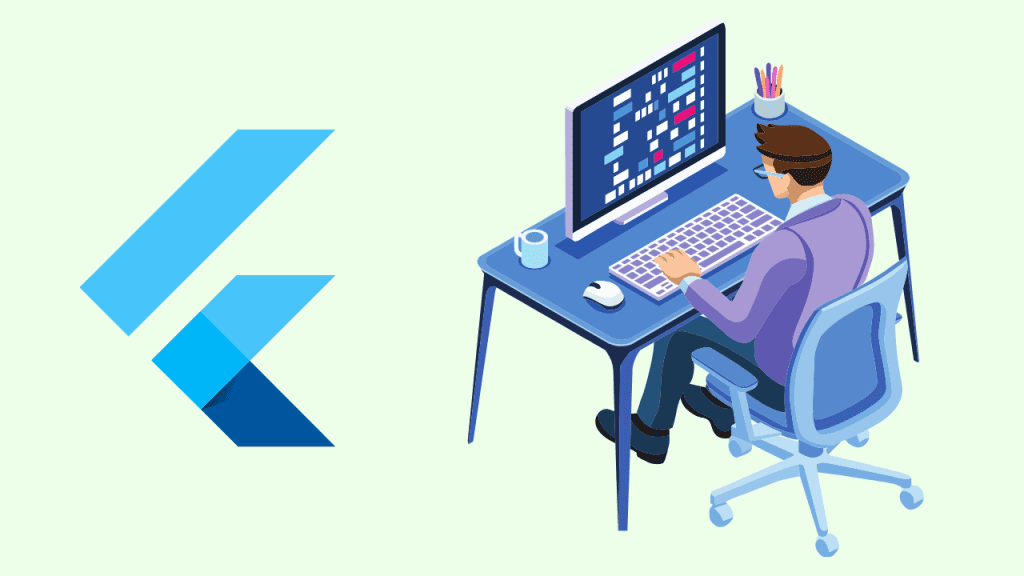
First, you’ll need to learn how to actually build an app. That means diving into Flutter’s framework and getting cozy with languages like Dart. You’ll start with the fundamentals: building layouts, using widgets, and adding interactivity. Baby steps. Don’t get too ambitious just yet.
Choose your weapon
Next, figure out what you want to build: Android, iOS, or web apps. Each has its quirks, so pick one to focus on. We’d suggest starting with Android or iOS—web apps can come later once you’ve got the hang of things.
Build some apps
Now comes the fun part: actually building some apps! Start with a basic “Hello World” app to get your feet wet. Then maybe build a simple weather app or a basic game. The key is just to start creating—your skills will improve with experience. Don’t get discouraged if your first few apps are ugly or buggy. Every developer was once a beginner.
Keep learning
Congratulations, you’re now a Flutter developer! Your work is done, right? Wrong. To stay competitive, you need to keep improving your skills. Stay up-to-date with the latest Flutter updates and best practices. Continue building new apps to expand your abilities. Consider getting Flutter certifications to prove your chops.
The road to becoming a Flutter developer is long, but with hard work and persistence, you’ll get there. Just remember: stay calm and Flutter on! Success is built app by app. Now get to work—you’ve got a bright future of building beautiful mobile apps ahead of you.
Advanced Topics to Master as a Full Stack Flutter Developer
Once you’ve got the basics of Flutter down pat, it’s time to take your skills to the next level. You’re going pro, baby! Some advanced Flutter techniques developers swear by include:
State Management
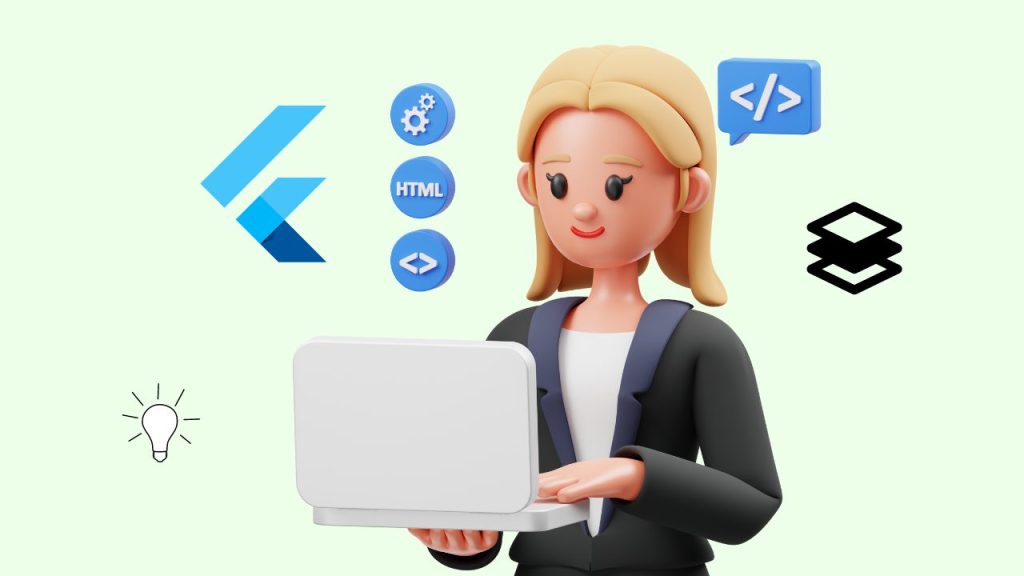
Flutter comes with a built-in state management solution called StatefulWidget, but as your app grows in complexity, you’ll want to explore dedicated state management solutions. Options like Provider, Bloc, and Redux will make managing app state a breeze at scale. Learn them. Love them. Your future self will thank you.
Testing
They say “real developers test.” If you want to prove you’re more than just a code monkey, build tests into your workflow. Flutter includes a rich testing framework with unit testing, widget testing, and integration testing. Write tests for your business logic, UI, and navigation to catch bugs before your users do. Because nothing is more embarrassing than your app crashing on someone else’s phone.
CI/CD
To deploy updates quickly and efficiently, you need a solid continuous integration and continuous deployment pipeline. Connect your repo to a service like Codemagic, Travis CI or CircleCI to automatically build, test, and release your Flutter apps with every push. Your days of tedious manual releases are over! Sit back, relax, and let the robots do the work.
Flutter for Web
Flutter started as a mobile framework but now also targets the web, desktop, and embedded devices. To build a truly full-stack Flutter app, you’ll want to make it work across platforms. Learn how to adapt your mobile UI to the web, deal with keyboard and mouse input, and leverage features like routing and SEO that are specific to the web. Welcome to the world of universal apps!
Mastering these advanced techniques will transform you from a mere Flutter apprentice to a full-fledged Flutter wizard. Or at least make you dangerously employable. Now go forth and build something awesome! The Flutterverse is your oyster.
Building a Portfolio of Flutter Apps and Projects
If you want to land a job as a Flutter developer, you’ll need to build up a portfolio of apps to show off your mad skills. Gone are the days when a CS degree and a firm handshake would seal the deal. Now companies want to see what you can do, not just what you know.
Start with Some Simple Apps
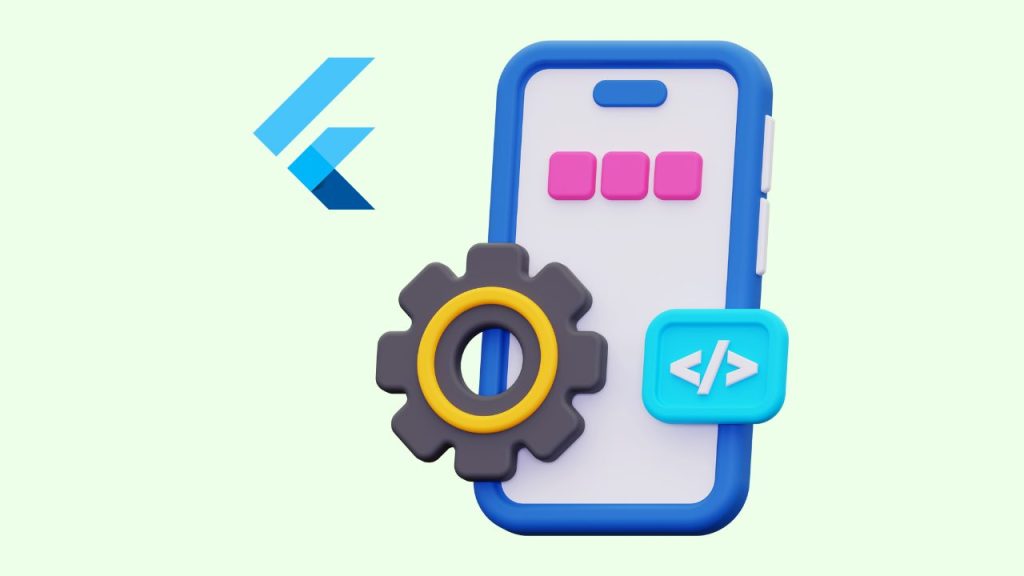
Don’t dive right into building the next Instagram or Uber. Start with some simple apps to get your feet wet, like a basic weather app, a timer, or a currency converter. These teach you the basics of Flutter without requiring advanced functionality. Once you’ve got a few little wins under your belt, move on to something more complex.
Then Build Something You’re Passionate About
If you have an idea for an app you genuinely care about, build it! Your enthusiasm will shine through and make it an even better portfolio piece. Just make sure it’s still within your current skill level. No one’s first Flutter app is going to be a machine learning-powered Mars rover simulator. Keep it simple, silly.
Contribute to Open Source Projects
Open-source Flutter projects are always looking for extra hands. Find one that interests you and see if you can help squash some bugs, build a new feature, or improve the UI. This shows your ability to work with a team and understand existing codebases. It also allows more experienced devs to review your work and provide feedback to help you level up your skills.
Keep Learning and Improving Your Craft
The world of software engineering moves fast. Flutter is continually releasing new updates, tools, and capabilities. To stay at the top of your game, you need to keep learning. Take online courses, read books and blogs, watch video tutorials, and practice every day. Before you know it, you’ll be a Flutter wizard building magical apps and helping others on their journey to becoming full-stack Flutter developers. The future is mobile, so make sure you’re ready to shape it!
Read More : Full Stack Web Developer Salary : Hourly Rate in 2024
Flutter Developer Salary and Job Opportunities
So you want to be a Flutter developer, do you? Well, aren’t you ambitious? The good news is, Flutter skills are in high demand and the job market is red hot. The bad news is, the competition is fierce. To snag one of those coveted Flutter jobs, you’ll need to hustle.

First things first, you’ll need to actually learn Flutter. I know, total buzzkill. But the fun part comes later, I promise. Dive into Flutter’s documentation and build some apps to get familiar with the framework. Start with a simple “Hello World” and work your way up to something more complex like a weather app or to-do list.
Once you’ve got the skills, it’s time to build your portfolio. Employers want to see what you can do, so develop some open-source Flutter projects to show off your work. Contribute to existing projects or build your own—just make sure your code is clean, well-documented, and solves a real problem.
With skills and a portfolio in hand, you’re ready to job hunt. Flutter jobs span industries, so search for openings at agencies, startups, and big tech companies. Salaries for Flutter devs range from $75K to $150K, depending on experience. Negotiate confidently by emphasizing your proven track record in building performant, user-friendly Flutter apps.
The competition will be stiff, so you’ll need to stand out. In your cover letter, mention some cool Flutter features you’ve used and the impact of your open-source work. Ace the technical interview by speaking fluently about Flutter’s best practices and your projects. Exude passion for building beautiful UIs and crafting seamless user experiences.
If you hustle hard to build in-demand skills, develop a solid portfolio, and sell your enthusiasm for the work, you’ll land an exciting, high-paying job as a Flutter developer. Then you can sit back, relax, and enjoy building the next generation of mobile apps—until it’s time to learn the next hot framework, that is. The life of a developer is tough, but for the ambitious, the opportunities are endless. Godspeed!
How to Get Hired as a Flutter Developer in 2024
So you want to get in on the action and score one of those cushy Flutter dev jobs, eh? Good call — by 2024, Flutter will be inescapable in the mobile world. But just because you breezed through a few tutorials doesn’t mean companies will be knocking down your door with six-figure job offers. You’ve got to pay your dues first, kid.
Learn Your Languages
Flutter uses the Dart programming language, so you’ll need to get cozy with its quirks. And since most apps also have a backend, pick up skills in Python, Java, or C#. Really wanna impress? Dabble in machine learning with TensorFlow. The more letters in the acronym, the more cash in your pocket.
Build Some Apps

Download a few starter templates, tweak ‘em, and release your masterpieces into the app store wild. Building real apps is the only way to truly learn Flutter. Sure, your first attempts may be janky, bug-ridden messes, but that’s how you git gud. Aim for 3-5 apps in your portfolio to prove you can ship.
Get Certified (Maybe)
Flutter certifications can help — Google offers an official one. But some hiring managers don’t care about pieces of paper, they want real-world experience. So cert up only if you need the motivation or confidence boost. The truth is, that becoming a Flutter pro takes time and dedication. But the payoff is huge.
Keep practicing, building apps, and honing your skills. Before you know it, you’ll be turning down multiple six-figure job offers because you’re just too darn busy consulting as a Flutter guru. The mobile world will be your oyster. And you’ll have the bank account to prove it.
Continuing Your Education as a Flutter Developer
As a tech-savvy Flutter developer, you know that staying on the cutting edge of your craft is essential. New frameworks, languages, and tools are released daily that could revolutionize how you build apps or simplify your life. But with so much to learn and only 24 hours in a day, how’s an aspiring developer to keep up?
The key is to be strategic in your learning. Don’t feel compelled to master every newfangled framework just because some blog post told you to. Focus on technologies that complement your existing skills and open up new opportunities.

For Flutter devs, that could mean diving deeper into Firebase, Google’s mobile and web development platform, to build full-stack apps. Or learning a new programming language like Kotlin to build native Android apps in addition to your Flutter projects.
You should also stay up-to-date with Flutter itself. Follow the Flutter dev team on Medium and YouTube to get the latest on new widgets, breaking changes, and best practices. When a new Flutter version drops, upgrade your projects to take advantage of new features like improved tooling or a refreshed UI. Join the Flutter Community on Slack to chat with fellow devs, ask questions, and share your projects.
Continuous learning is a way of life in tech, but that doesn’t mean you have to go it alone. Let online courses, video tutorials, and documentation be your guide. Find a mentor or join a local meetup to learn from more experienced developers.
Build side projects to put new skills into practice. And remember, learning something new always seems daunting at first. Start with the basics, focus on progress, not perfection, and celebrate your wins, no matter how small. In the end, staying up-to-date with technology is about expanding your mind and your opportunities.
While being a lifelong learner may not always be easy, the rewards of being a well-rounded, in-demand developer make it worth the effort. So keep learning, keep building, and keep pushing your Flutter skills to the next level. The future of mobile development is looking bright!
Conclusion
So go forth, my mobile-app-loving friend, and let flutter be thy wings. Master its art, ride the winds of change, and build apps that dazzle and delight. The world awaits your creations with bated breath and swipe-ready fingers. Just don’t crash and burn, okay? We’re all counting on you to show us that programming magic. No pressure or anything.
Read More : How to Become a UI/UX Designer: A Complete Roadmap In 2024
 Oko Dot All In One Technology Solutions By Likhon Hussain
Oko Dot All In One Technology Solutions By Likhon Hussain
